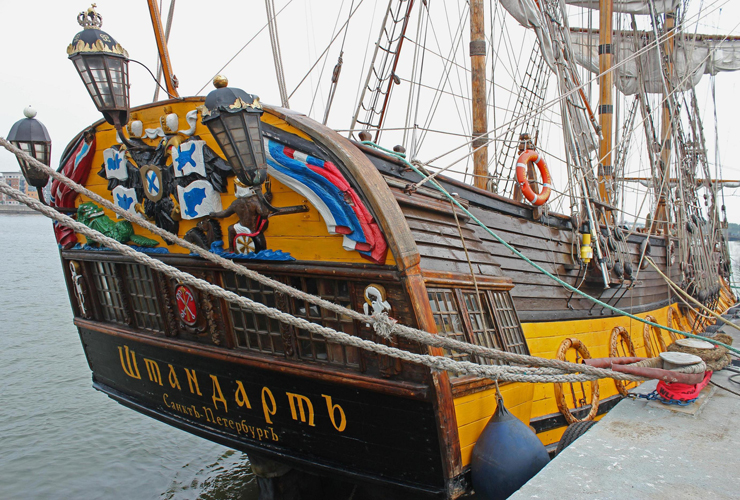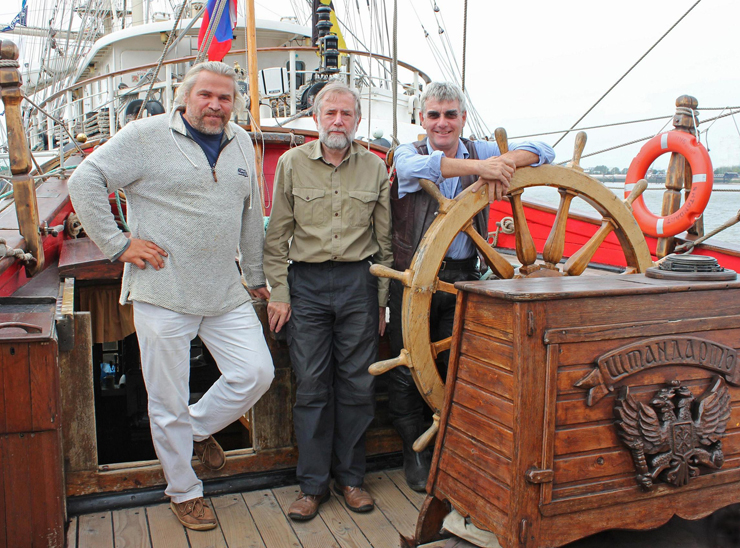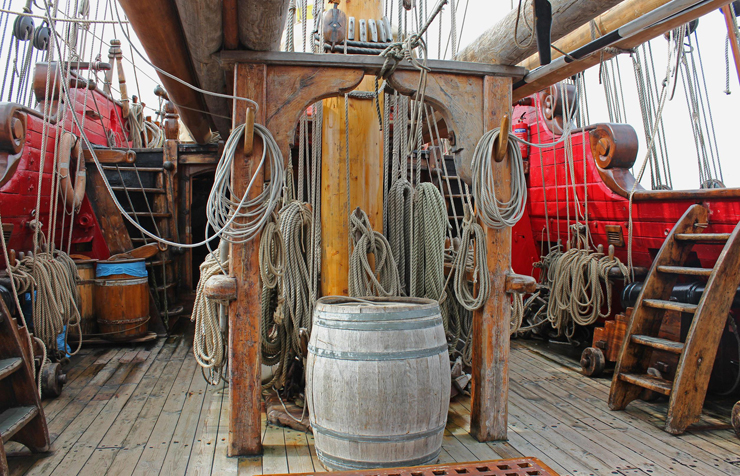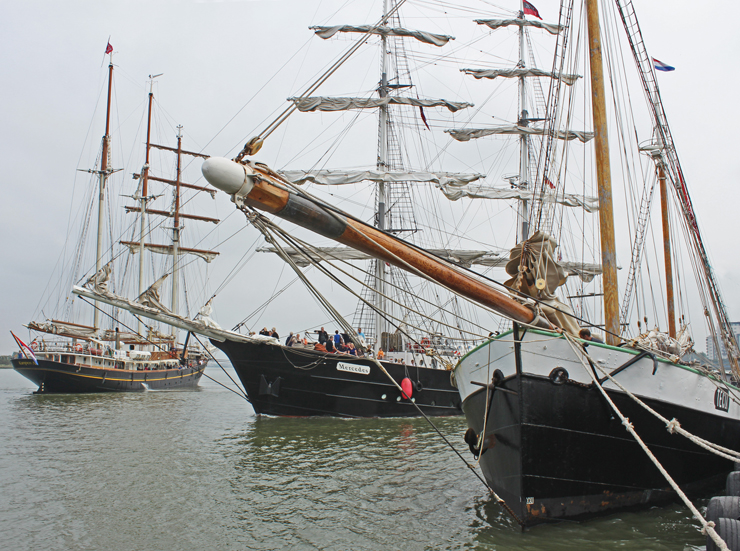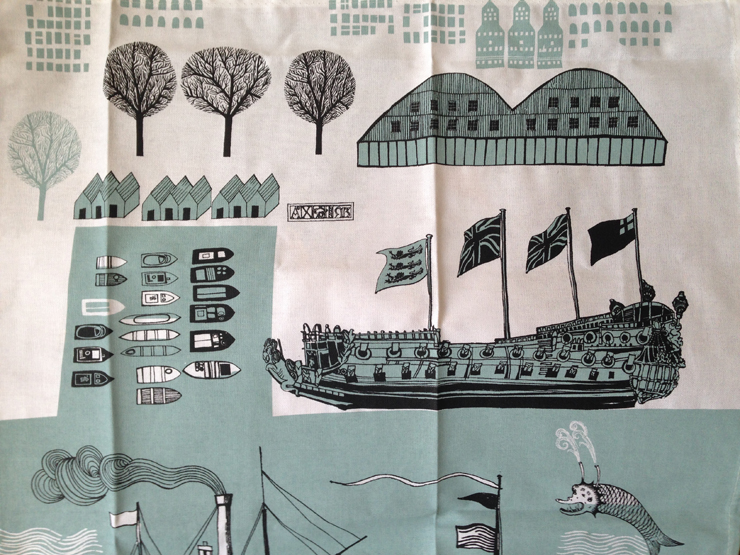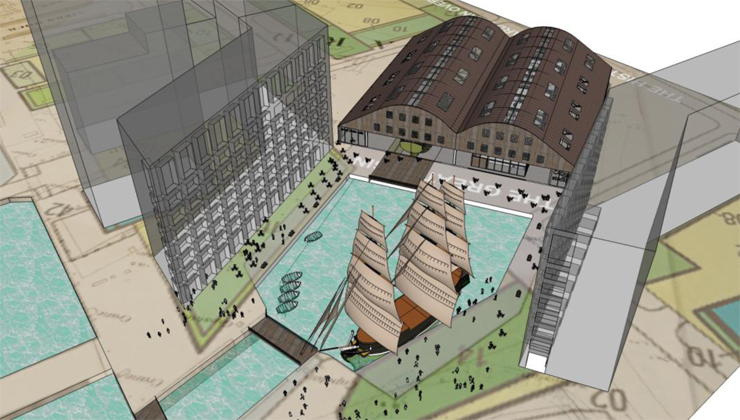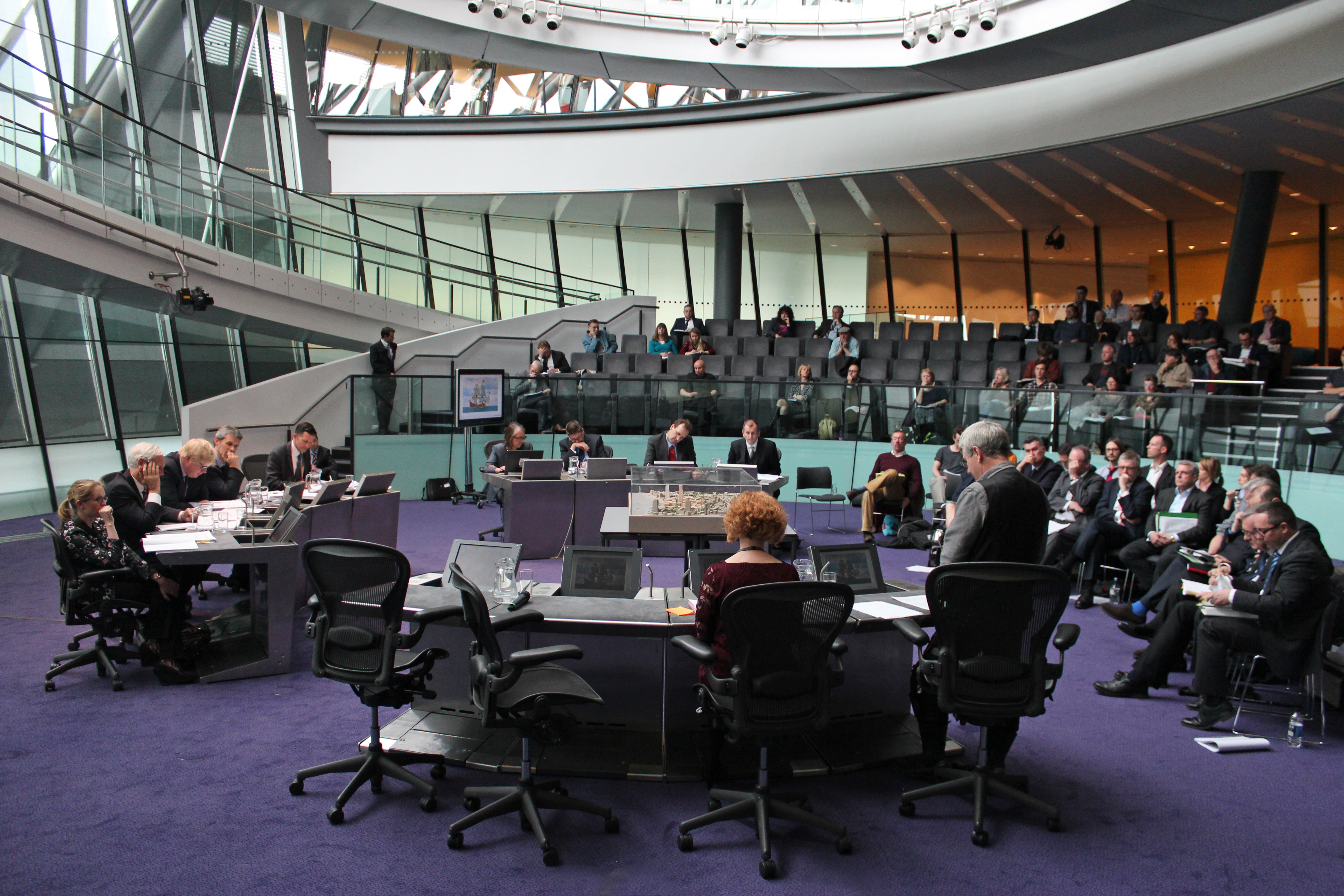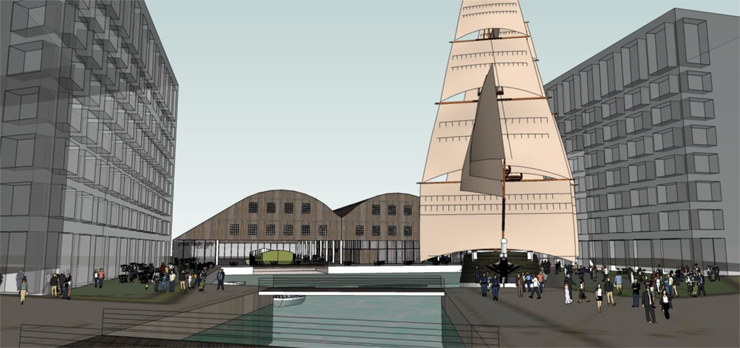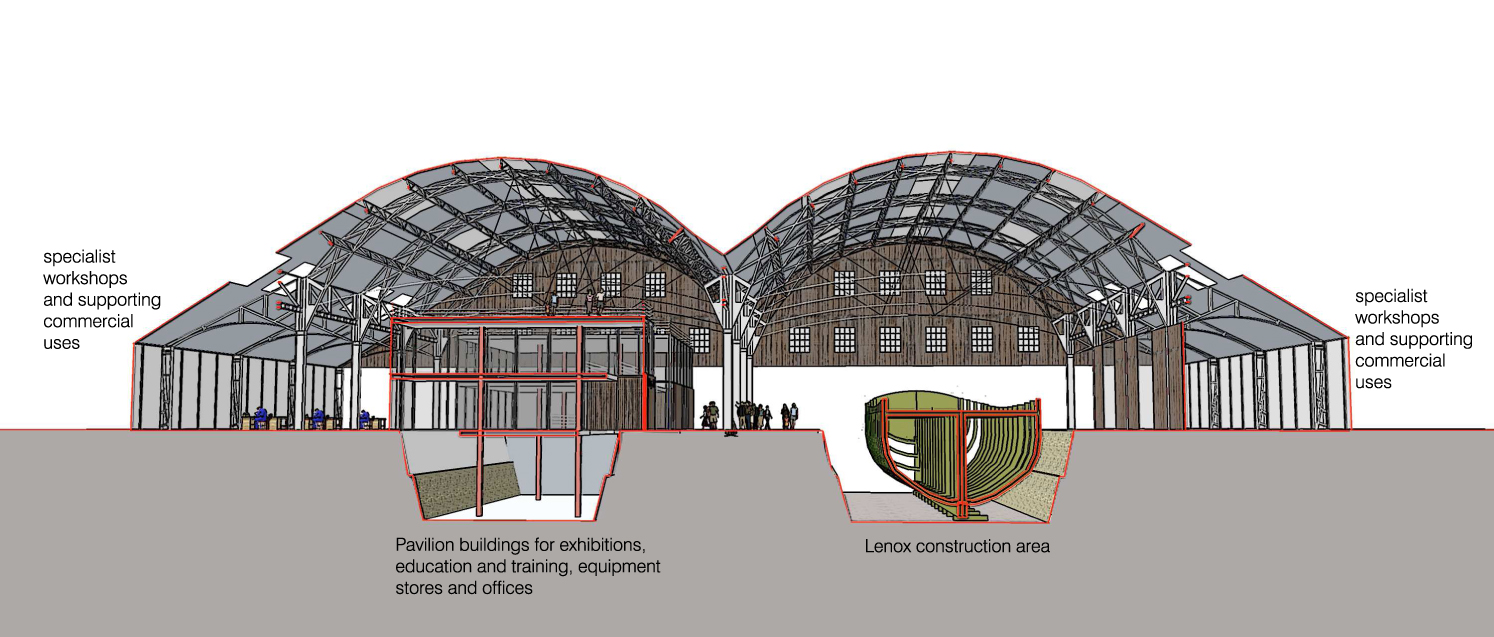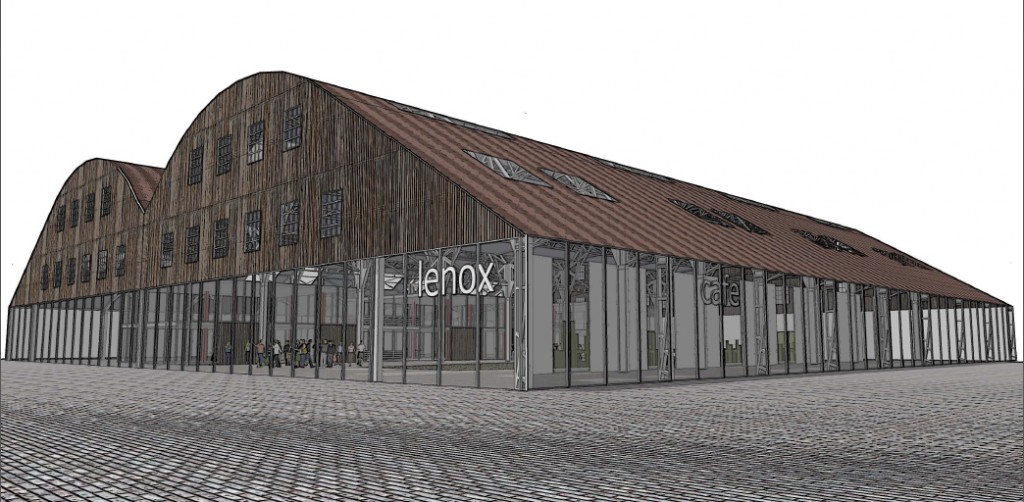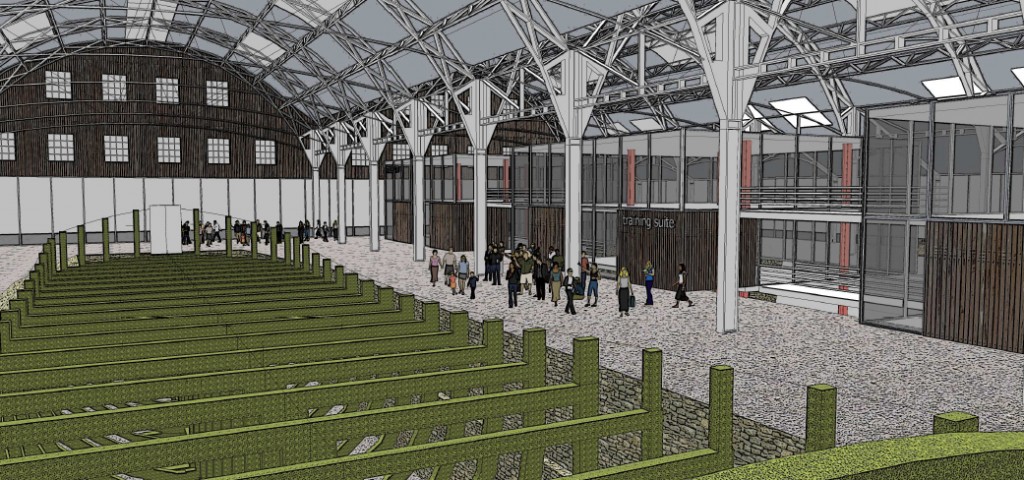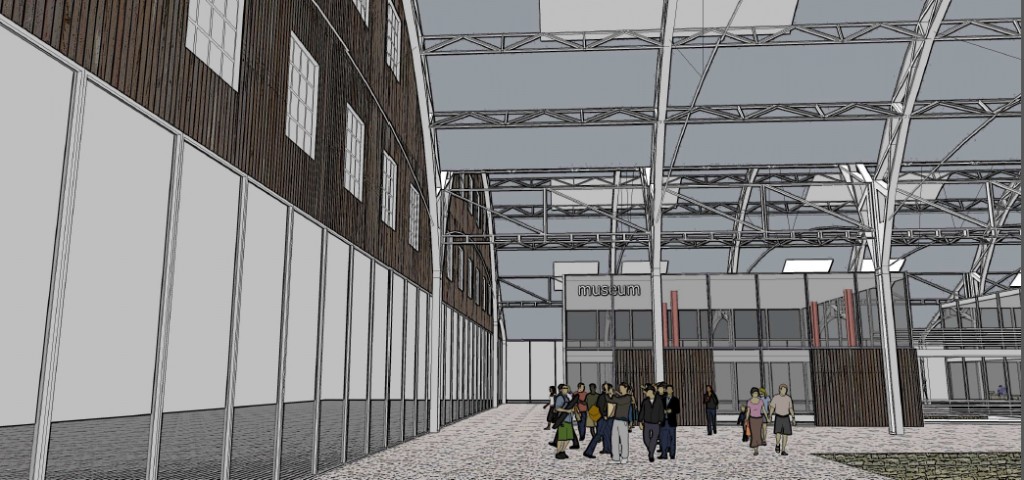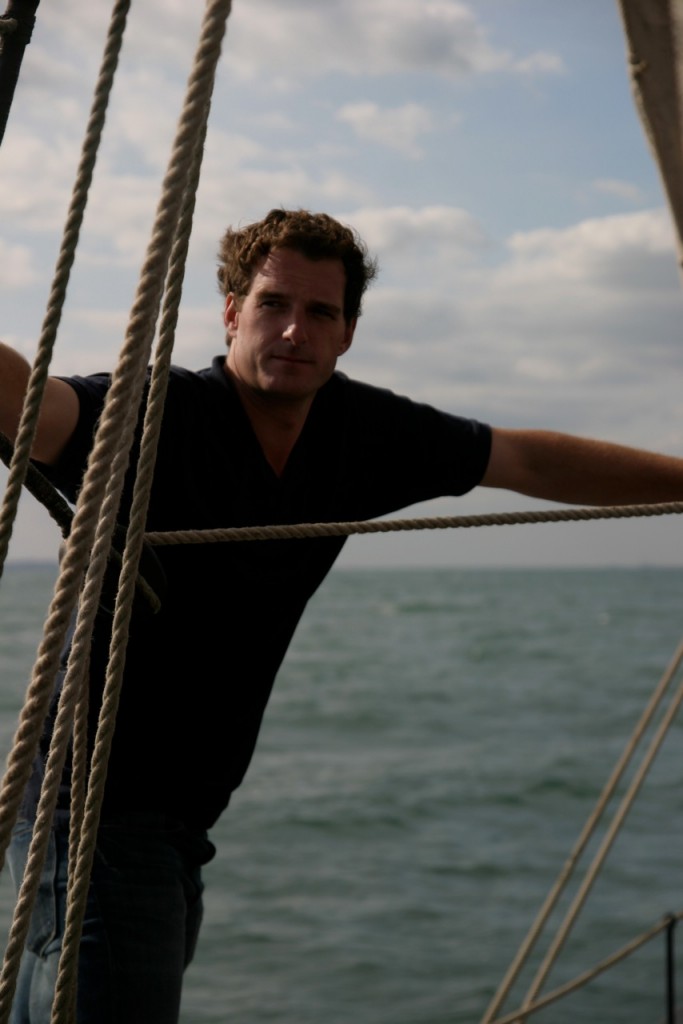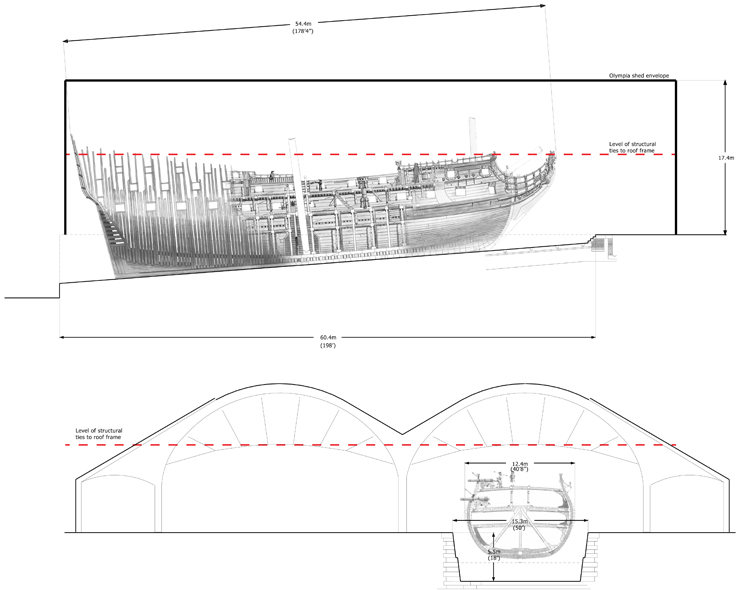The Mayor of London has announced that the representation hearing for the planning application to redevelop the former Deptford royal dockyard at Convoys Wharf will take place on 31 March at 4pm at City Hall.
The procedure at the hearing is governed by guidelines which can be read via this link and is an opportunity for supporters and objectors to restate their case for and against the planning application in front of the mayor himself.
If he does not announce his decision at the end of the hearing, the Mayor has five days in which to do so.
Seven days ahead of the hearing, the GLA officers responsible for assessing the application will publish their report into the application, which will include a recommendation to the Mayor. It seems very unlikely that the Mayor will go against their advice unless he wants to make a particular political point.
Based on the correspondence we have read, and the meetings we have been present at, we believe that the GLA intends to recommend that the mayor approve the scheme.
The applicant Hutchison Whampoa has recently submitted some revisions to its masterplan, and these are currently being consulted on with the deadline for comments set as 20 March 2014. Although we welcome the revisions, we do not believe that they go far enough and we still have deep reservations about the failure of the masterplan to adequately reflect the significant shipbuilding, naval and horticultural heritage of the site.
Comments from the Council for British Archaeology and English Heritage support this view.
The CBA wrote to the GLA last week to reiterate its objections to the plans on grounds of ‘harm to the heritage assets’ and a failure to address key aspects of the National Planning Policy Framework.
Likewise English Heritage commented on the revisions, saying it remained concerned that ‘the opportunity to reflect local character and significant history are not reflected in the the submitted proposals’.
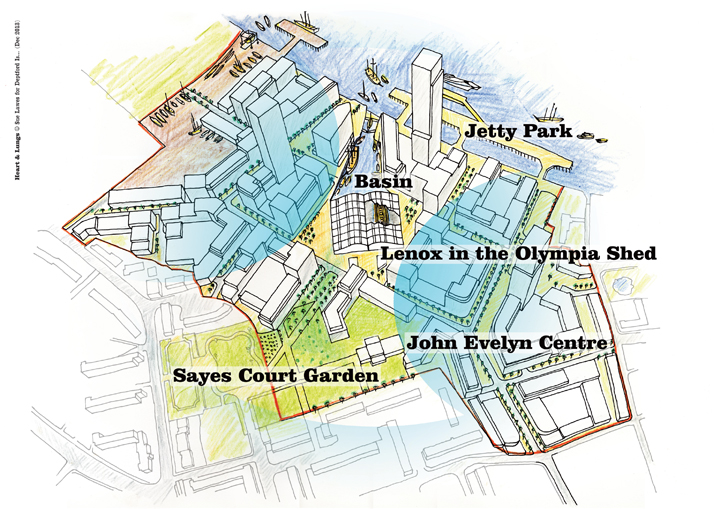
The Lenox Project CIC also finds it deeply disappointing that the developer seems unable to appreciate the potential of the two heritage-led community projects – The Lenox Project and Sayes Court Garden – to create a vibrant, sustainable heart for the redeveloped site. Under Hutchison Whampoa’s proposals for the site, neither project is being offered the right conditions to flourish, despite these involving relatively minor adjustments to the plans.
We are encouraged by Hutchison Whampoa’s offer to lease space on the protected wharf at a peppercorn rent to the Lenox Project, indicating that our proposal is finally being given the serious consideration it merits. See their offer (12th March 2014): CCE00001 HW letter.
At the same time, we believe that if this support is truly sincere, the developer will understand our request for an independent assessment of the potential construction sites for the ship, in order to establish the most feasible location on the former dockyard site.
We regard the protected wharf as the least suitable of the options, and are unwilling to accept this offer due to the unacceptable risk it poses for the construction of the ship, and the lack of any legacy at the site.
Read the GLA letter to Hutchison Whampoa (17th Feb 2014) which sets out the GLA’s position (this was copied to the Lenox Project, rather than addressed directly to us): GLA position following meeting of 07.02.2014
Here is The Lenox Project’s initial response to the GLA position (26th Feb 2014): GLA Position Response Lenox Project Illustrated



